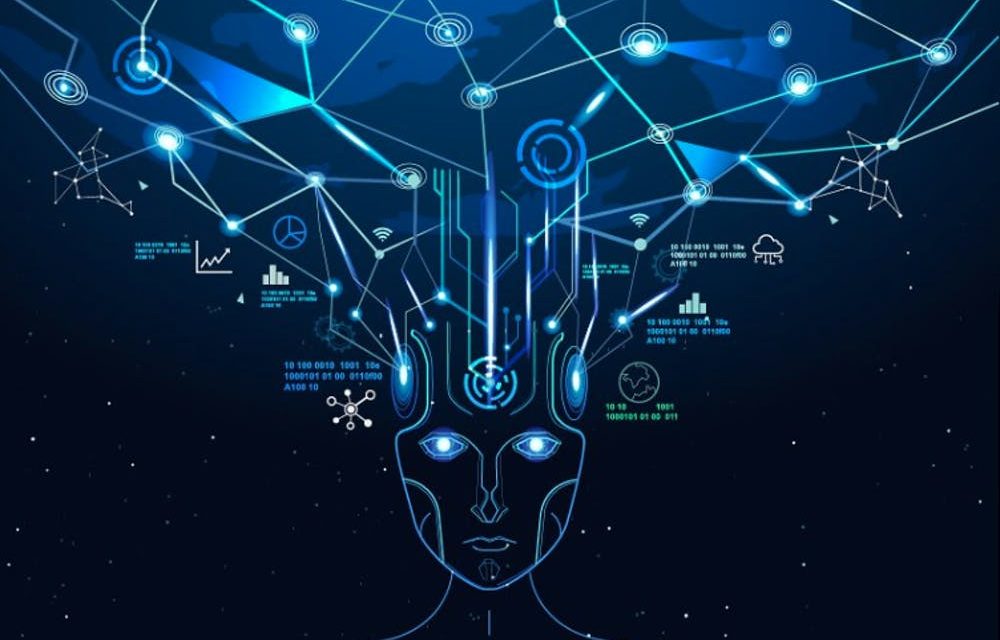The purpose of even the simplest of machines is to make human life easier. Machines reduce the amount of work that human beings have to do to complete tasks, from simple ones such as opening beer bottles to far more complex mathematical calculations, which require supercomputers. Up until very recently, the means of creating machines which can do some of the tasks which human beings take for granted like the ability to learn and to use that learned knowledge to solve problems had mostly eluded us. These are considered to require intelligence, so machines (or computers) which appear to have these are considered to possess artificial intelligence as opposed to the natural intelligence of humans.
Some people think that the computers we use are inherently intelligent. This is far from the truth, these are nothing more than very powerful calculators which can only follow the instructions provided by their programmers. They are therefore only useful for tasks and conditions which the creators of their software have planned for, beyond these, they are less useful. Examples of tasks which are far too complex to be preprogrammed into computers include the ability to recognise speech and objects in images.
Sometimes a technology which was once considered to be A.I. gains so much widespread usage that it stops being considered to be such. This has been dubbed the ‘A.I. effect’. Established technologies such as optical character recognition (OCR), the ability of computers to recognise words in images, are no longer regarded as A.I because of this phenomenon.
Some applications
Applications of A.I include voice and image recognition, self-driving cars, predictive analysis, e-commerce recommendation systems, spam filters, fraud detectors and decision support systems. The face detection feature in most smartphone camera apps is a good example of A.I and so is the voice recognition feature.
Voice input and recognition is revolutionising the way in which we interact with our devices, Amazon’s Alexa speaker is one of the devices which prove that we are heading towards a future with a lot fewer buttons and screens; these devices interact with their users through the far more intuitive speech input and output.
A.I. is not only used in the development of self-driving car systems but it is also used to pilot drones which are used for various functions.
These systems can be used to discover trends and patterns from data far better than human beings ever could, in fact, one of the factors behind the recent resurgence of A.I research is the sheer amount of data that internet companies such as Google have accumulated over the years. A.I. makes such volumes of data not only more manageable but also much more valuable. Algorithms use this data not only to predict what you will type next but also details about yourself that you may not have explicitly shared such as your age, income, interests e.t.c These algorithms are so effective that they are the main reason behind most of the international concerns about online privacy.
Machine learning has found a host of applications, one of which is automated translation. Google’s translation service learnt to translate several different languages just from being supplied with old United Nation translation transcripts.
Opportunities brought in by A.I
Africa has more unique languages than any other place on the planet. It is highly unlikely that international companies can build better translation applications than native speakers of those languages. We can build our own algorithms which can translate books and other written materials to and from various local languages.
As I am writing this, autonomous car applications are being developed for far better roads than ours. There is no need for Africa to miss out on this technological revolution because of lack of infrastructure. We can help in the development of self-driving cars which are suited for our roads.
Artificial intelligence can also be used to advise farmers and possibly also automate farming machinery.
Risk of mass unemployment
Since by definition A.I systems are built not only emulate but to surpass the tasks which human beings are good at, it stands to reason that they, together with the various other tools and machinery will begin replacing people in workplaces. The transport sector is a good example; driverless cars, trucks and buses will end the reign of driving as a profession. Even though automatic machinery has long been in use in factories, human beings have always been needed to control and oversee these machines. A.I. will eliminate the need for those people.
A.I. will definitely do away with the need for unskilled labour. In order for human beings to stay ahead of the machines, we will be forced to go into those professions where A.I will be having a far more difficult time gaining a foothold.
Optimists argue that instead of creating unemployment A.I. will increase the economic output per employee at companies and this will have the effect of reducing working hours and increasing wages. It is more likely that a far more competitive job market will drive down incomes. Some argue that mass unemployment is inevitable and are instead advocating a universal basic income for the future hordes of the jobless.
How dangerous is A.I.?
Some people worry that A.I may be too dangerous. This is not a wholly unjustified concern, we are rapidly heading towards a world were A.I powered computer viruses and malware are a possibility. Most of the time the creators of these systems cannot even predict how they will behave in the real world. Indeed some researchers delight in showing off the unexpected and sometimes strange behaviours of their creations.
There are several examples of simple A.Is going rogue, one of which was the chatbot deployed by Microsoft on Twitter. After spending time interacting with people it started copying their mannerisms. It ended up spewing various obscenities which it had apparently “learnt” from people.
The possibility of A.Is entrusted with crucial systems making decisions which are detrimental to the general wellbeing of humans is a very real and chilling one.








